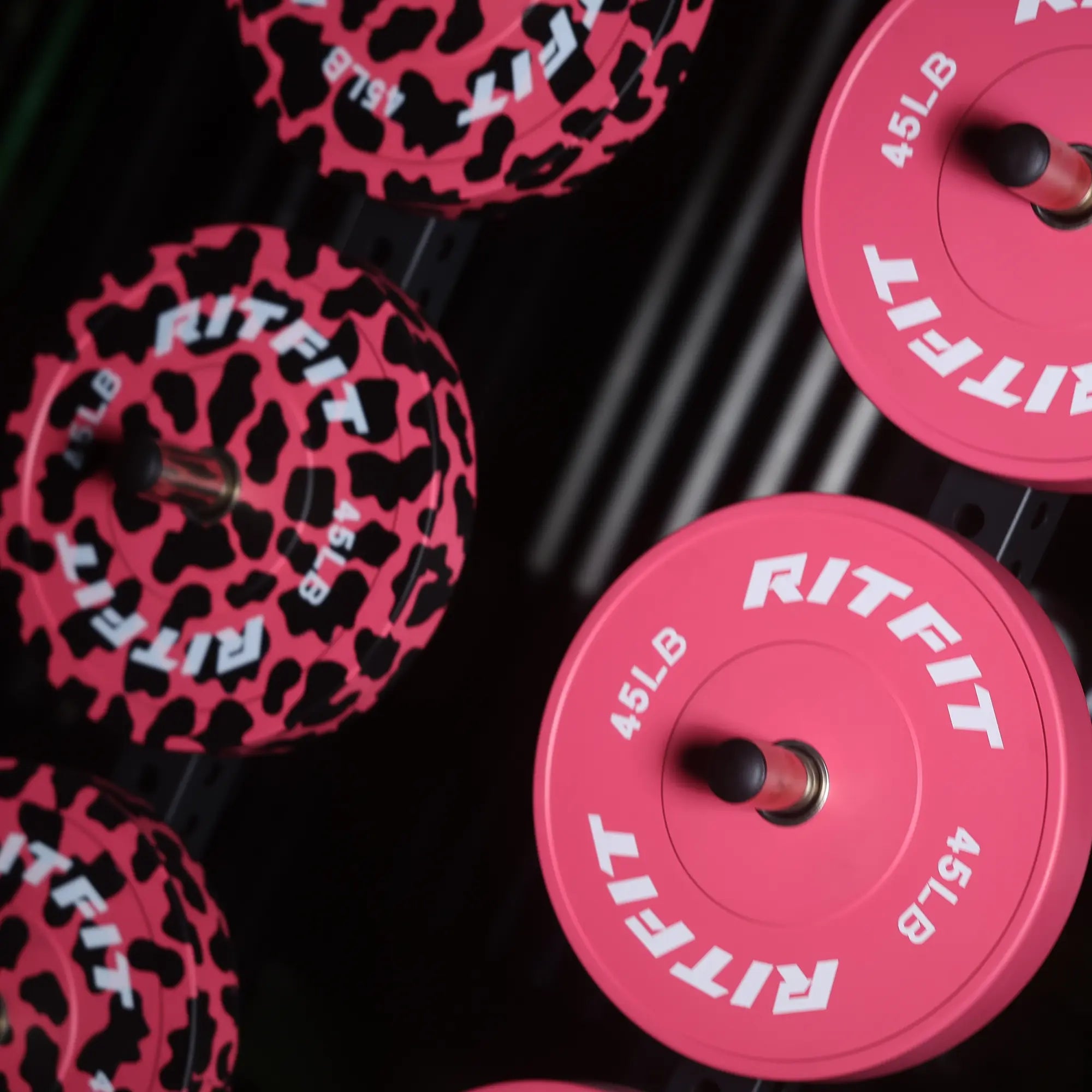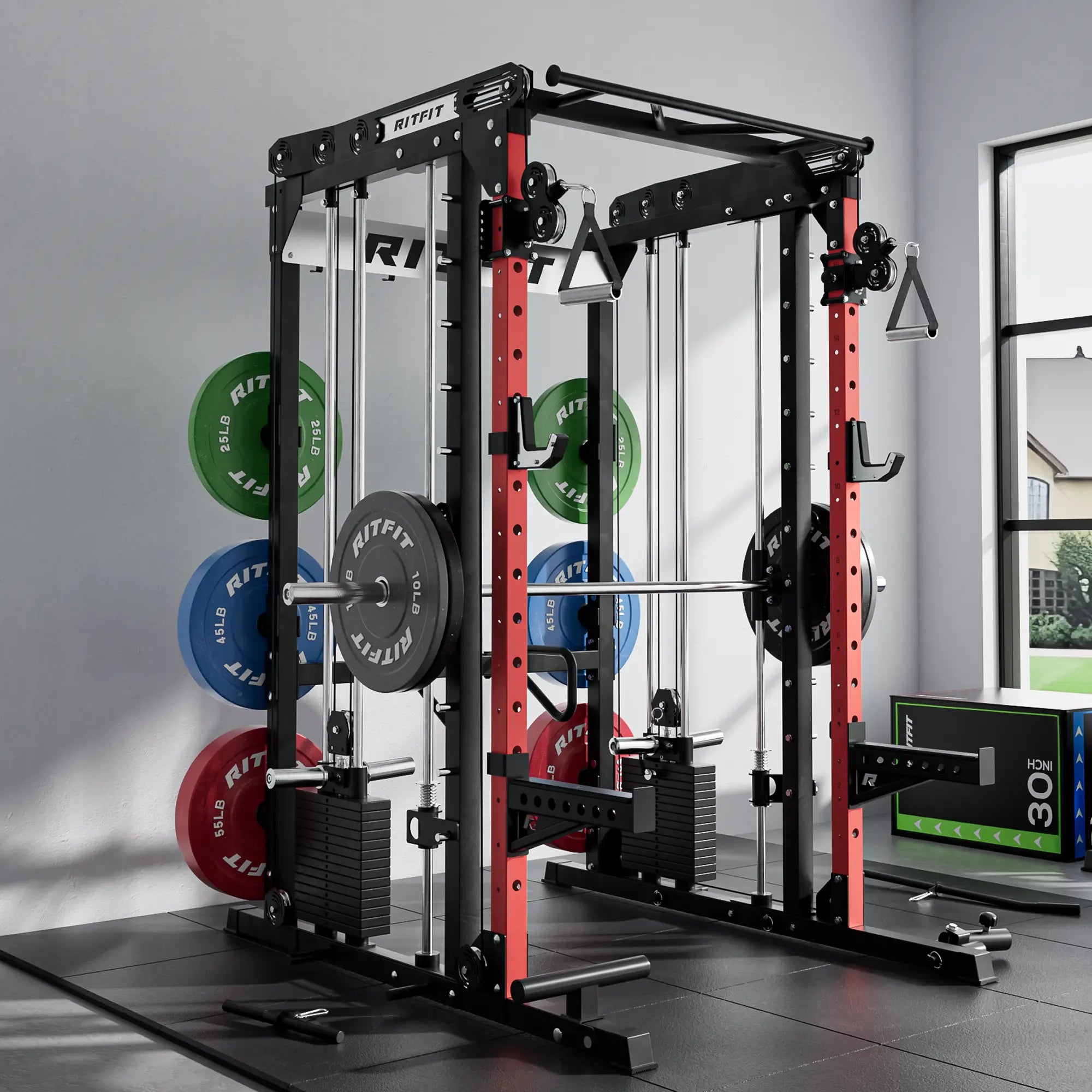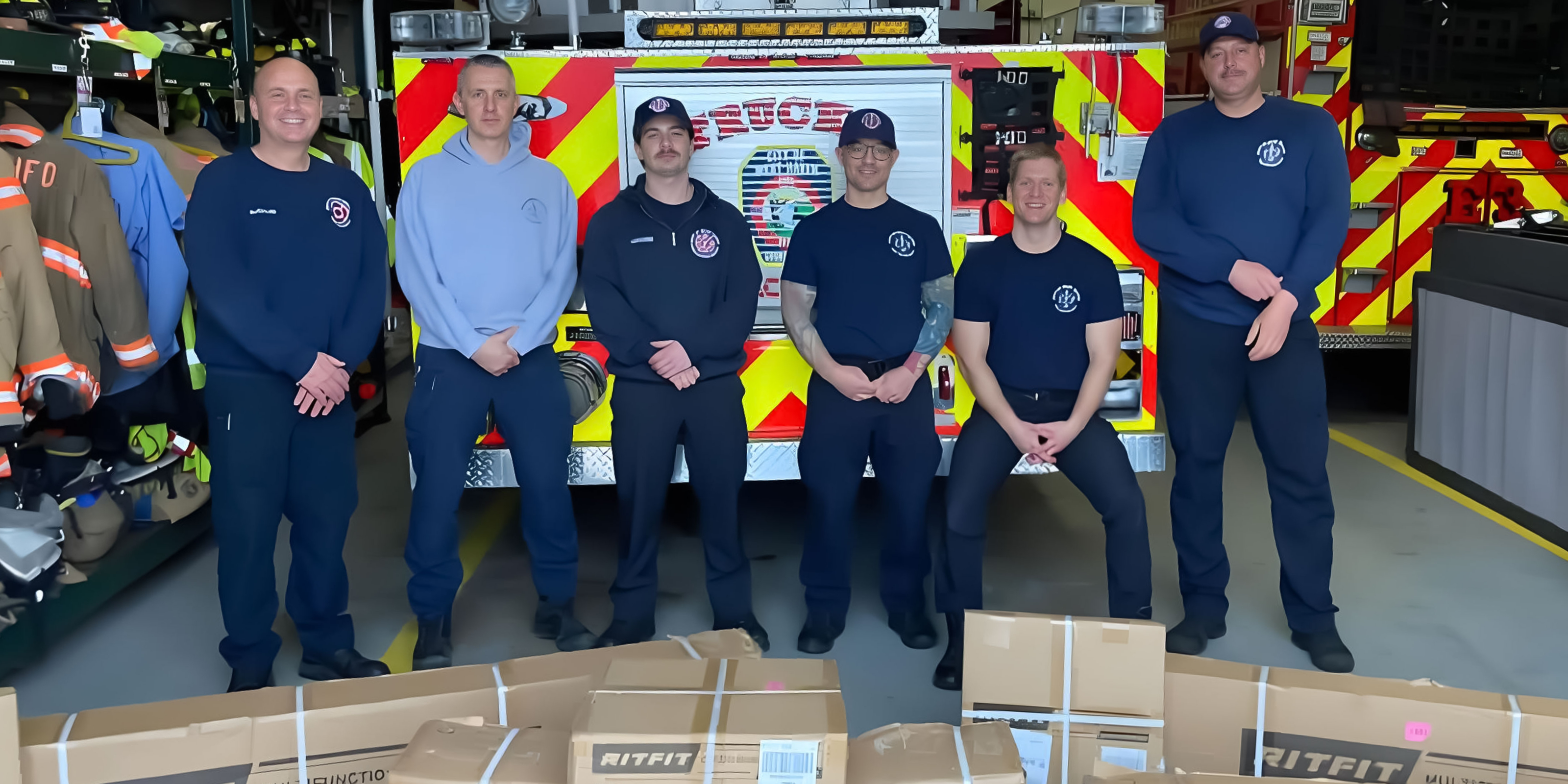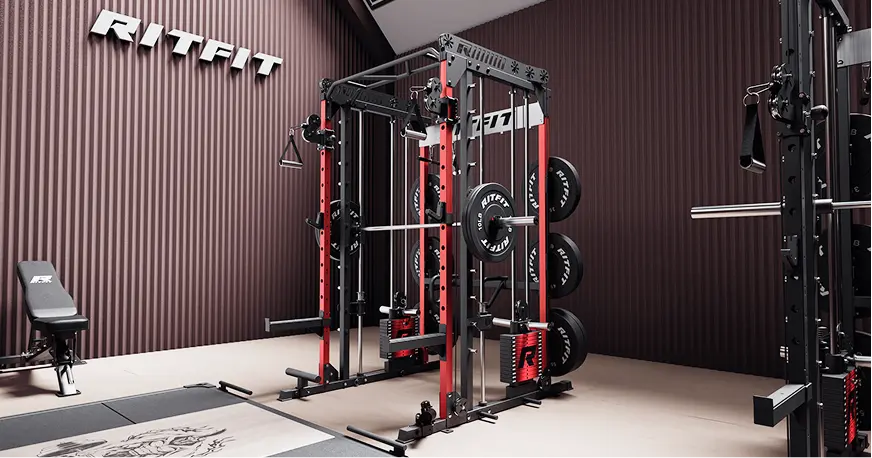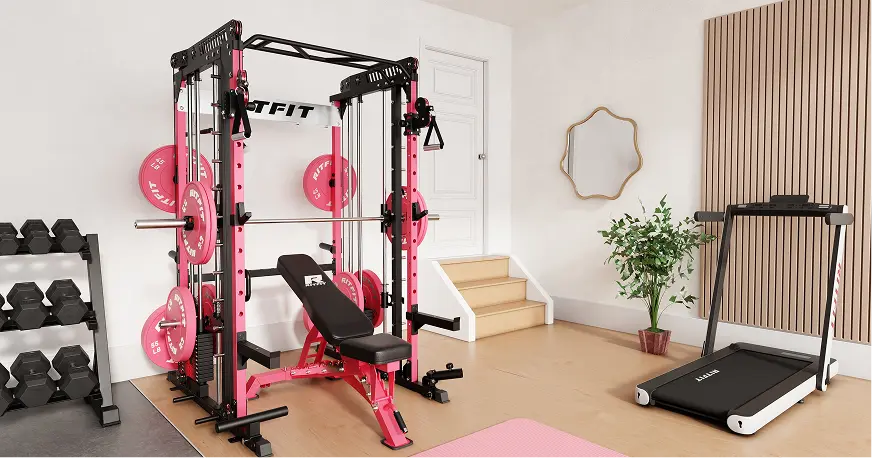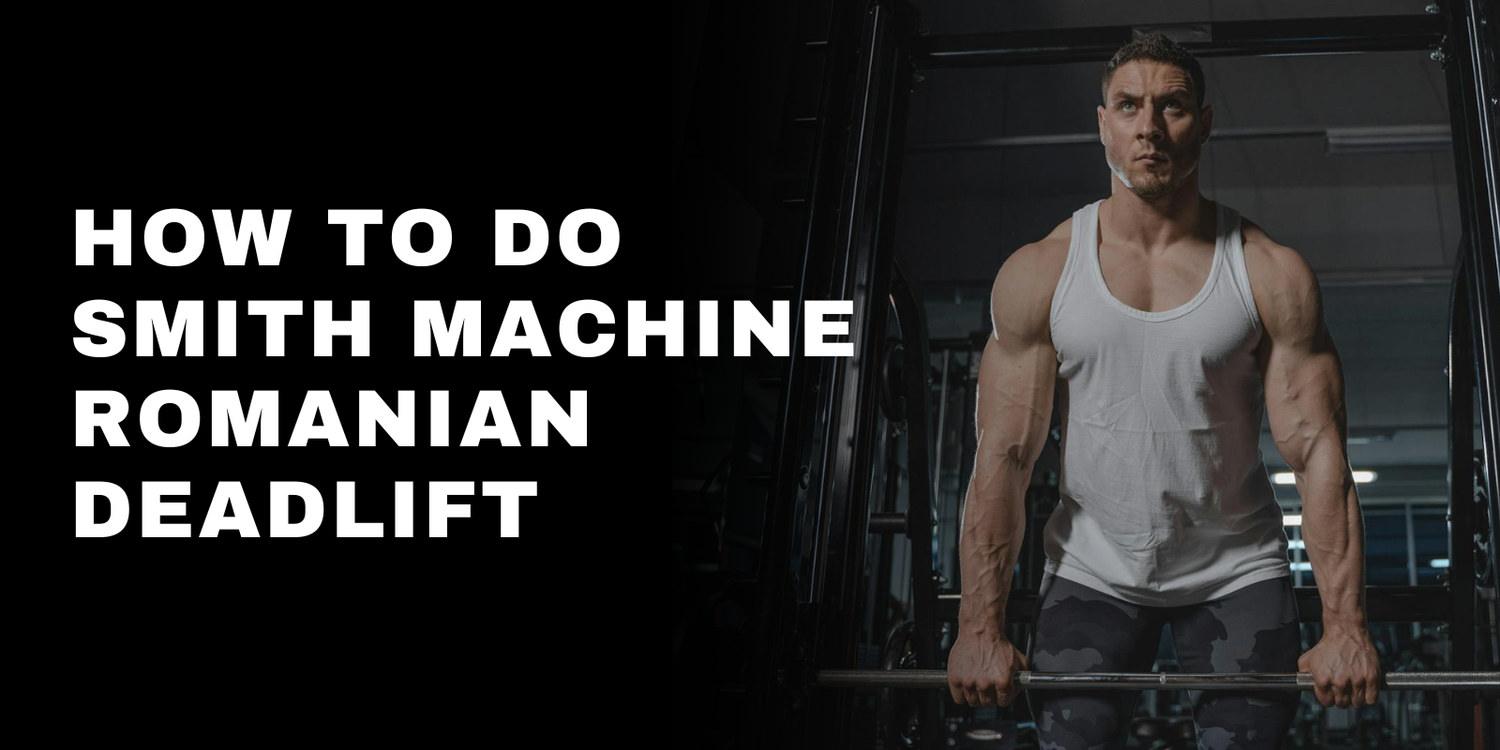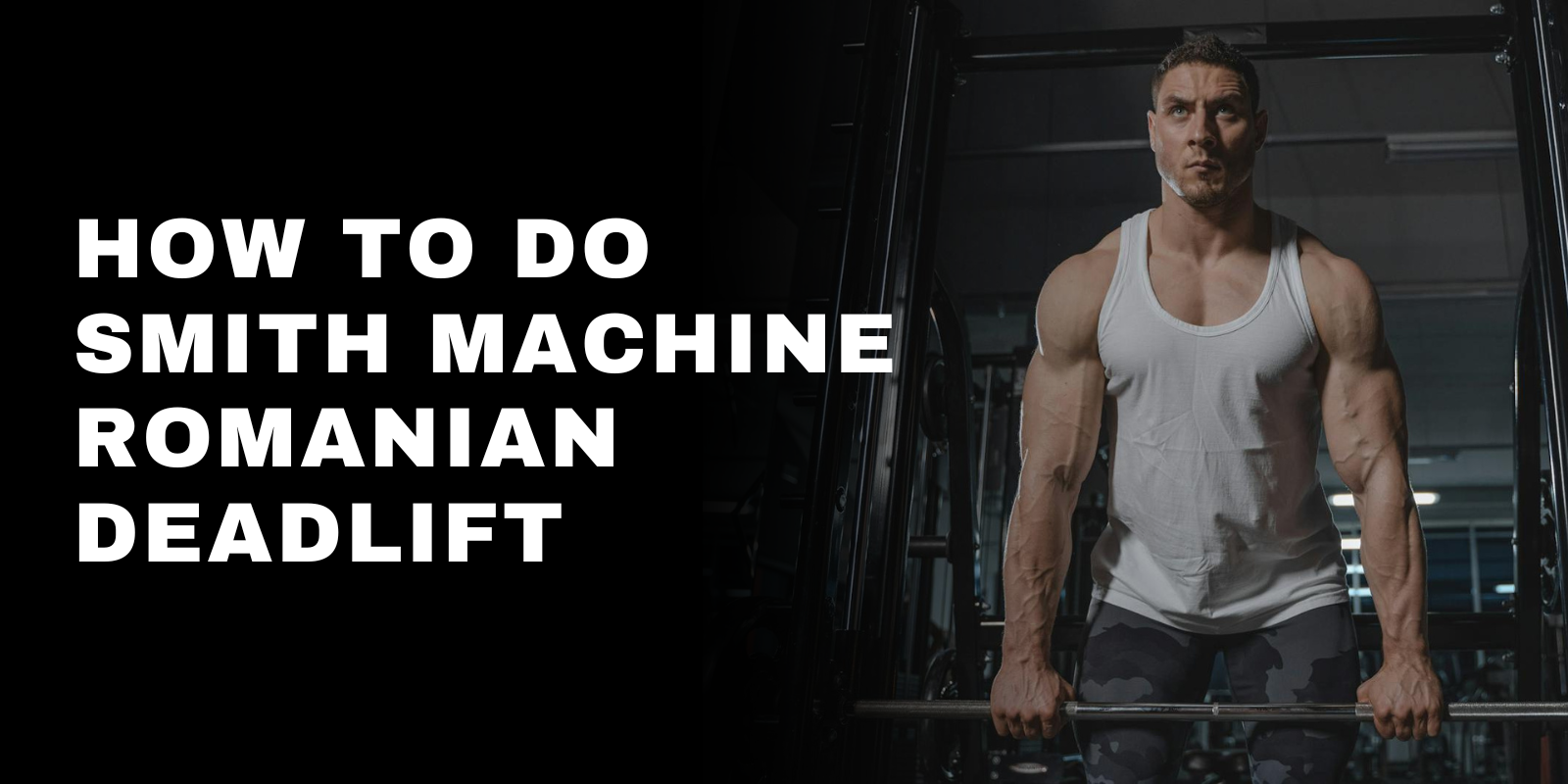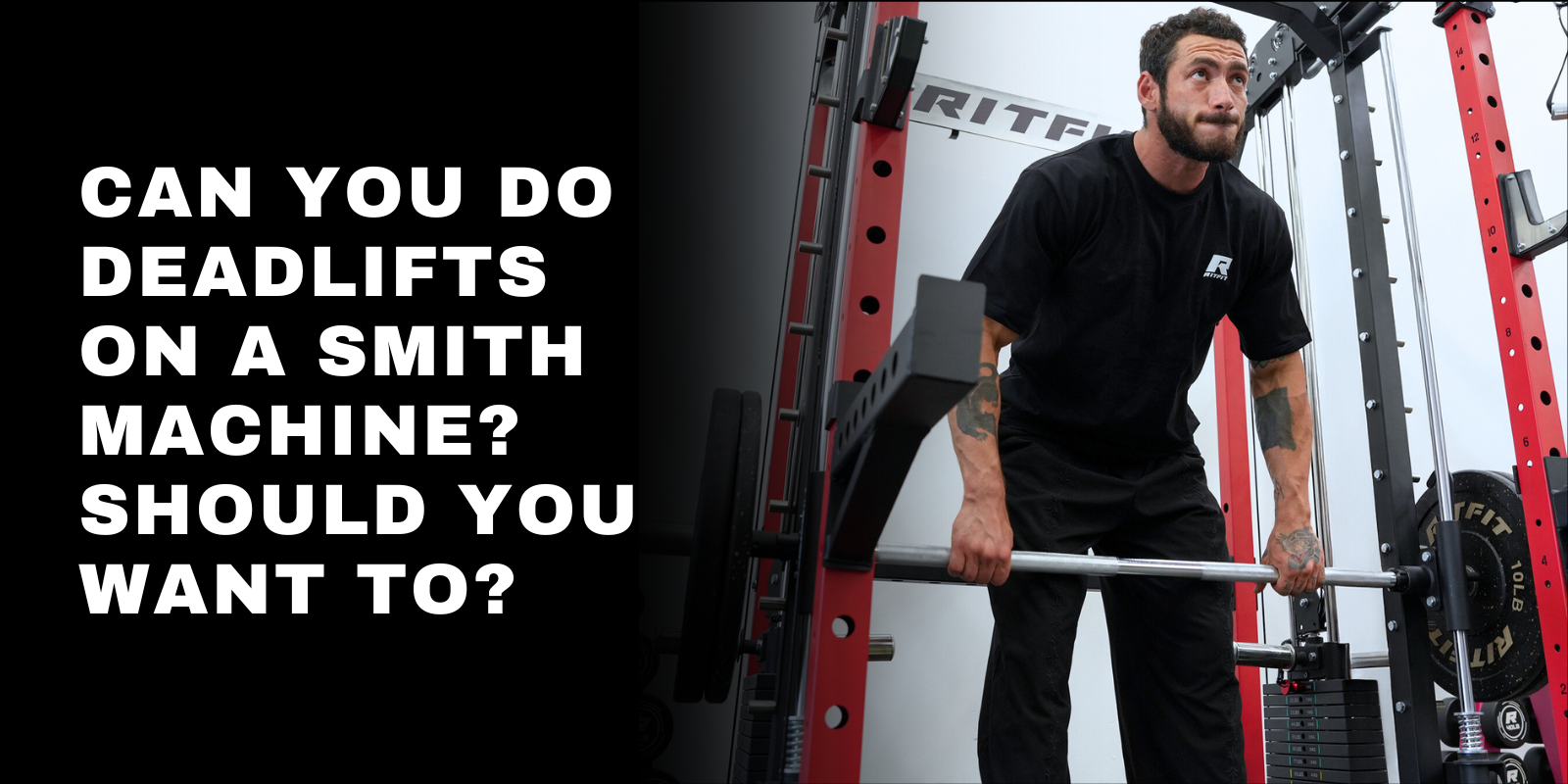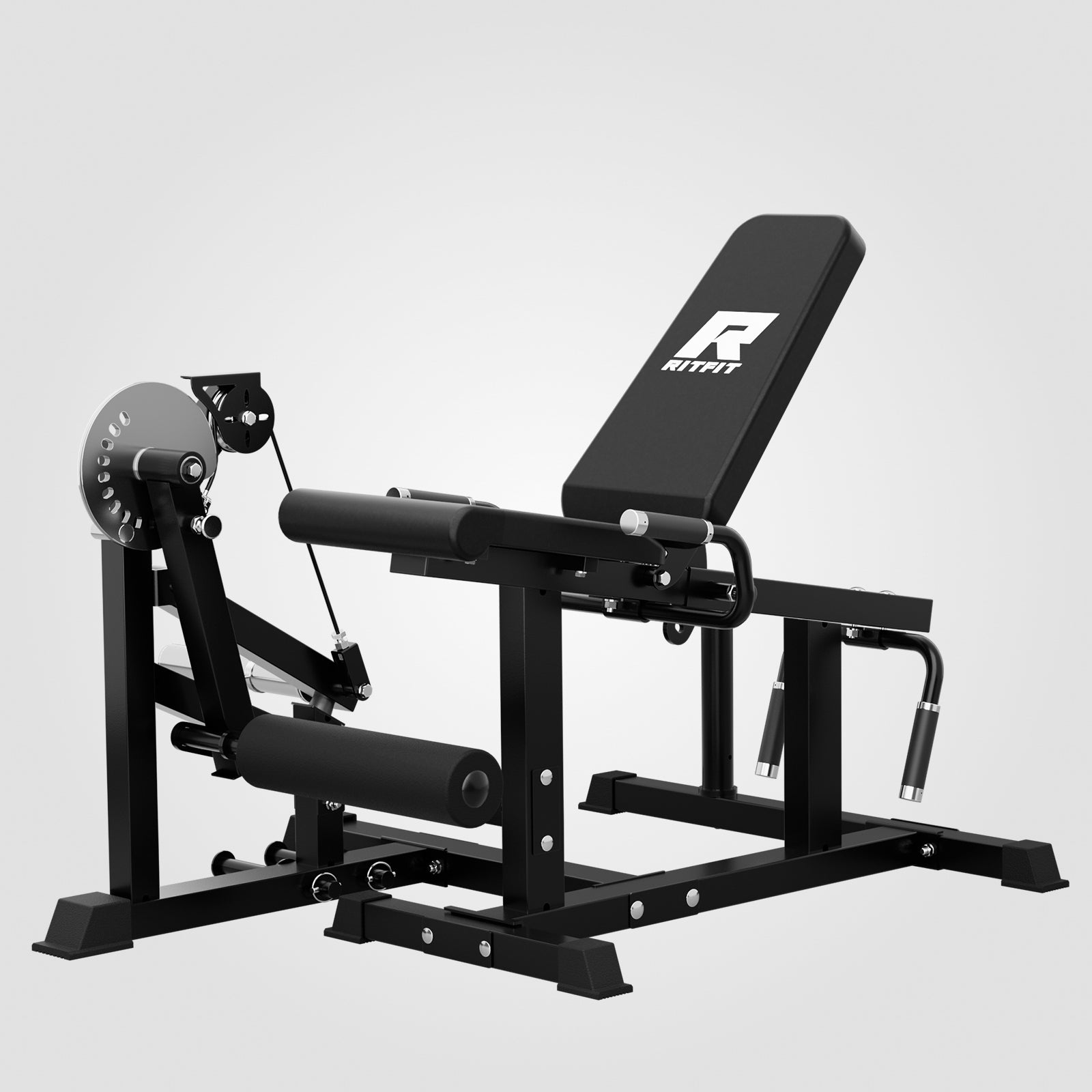Want to make your hamstrings, glutes, and lower back stronger without having to worry about balance or a spotter? The Smith Machine Romanian Deadlift (RDL) is the answer. It's a controlled and effective variation that helps you master the hip hinge, maximize your muscle potential, and lift safely, regardless of your lifting experience.
Ever struggled with lower-back strain or sloppy form during conventional deadlifts? The Smith machine RDL fixes that by guiding your bar path, keeping your movement stable, and letting you focus on the muscles that truly matter — all while reducing injury risk and boosting your gains.
The Benefits of the Smith Machine Romanian Deadlift
The Smith Machine Romanian Deadlift is one of the most effective lower-body exercises, particularly targeting your hamstrings, glutes, and lower back. A 10‑week RDL training intervention significantly increased lumbar extension strength[1]. With the assistance of the Smith machine’s fixed bar path, this motion allows perfect form, control, and muscle engagement without the worry of balancing or a spotter’s aid.
Let’s break down why this variation deserves a place in your fitness routine.
Enhanced Stability and Safety
Due to the fixed bar path of the Smith machine, your motion becomes stable and controlled, minimizing the chance of injury. This is especially crucial for beginners or anyone trying to perfect their deadlift form. Better Muscle Isolation
Since the barbell is excluded, you can focus on engaging the target muscles —specifically the hamstrings and glutes. The avoidance of unnecessary stabilizer strain teaches you how these muscle groups should feel when exercising.
Easier Form Control
The Smith machine’s bar offers constant feedback on your form, helping to maintain the proper bar path in line with the body. You will grasp the correct motion of the straight backs and hip hinge without rounding your back or losing posture.
Progressive Overload
The safety of the machine allows lifting heavier pounds without the worry of the bar dropping. This boosts additional muscle growth and strength development without the need for a spotter.
Hypertrophy
Bodybuilders favor the Smith machine RDL for performing slow and controlled reps, with a high focus on muscle tension. This time, under pressure, hypertrophy develops, allowing your hamstrings and glutes to experience growth and strength.
Less Risk of Lower Back Strain
The guided motion will reduce stress on the lower back as it moves in alignment with your body’s natural movement. The exercise will improve your range of motion, and it is perfect for preventing injury or recovering from back strain.
Ideal for Every Experience
Regardless of whether you are a beginner or an advanced lifter, the Smith machine RDL can be adapted to benefit your goals. It is a helpful resource for building strength, enhancing technique, and achieving superior lower-body training.
Muscles Worked by the Smith Machine Romanian Deadlift
The Smith Machine Romanian Deadlift (RDL) is an excellent exercise for developing lower back strength while maintaining safe and controlled movement. It engages a variety of muscle groups, making it ideal for both beginners and experienced lifters seeking to strengthen their lower bodies.
Let’s see which muscles get the most action.
Primary Muscles
Hamstrings
The Smith machine RDL primarily targets the hamstrings. As you hinge at the hips, they get longer, and as you pull your body back up, they get shorter. This helps make the back of your legs stronger and more flexible.
Glutes
At the top of the movement, your glutes work hard to stretch your hips. This activation not only strengthens the lower body but also enhances athletic movements such as running, jumping, and sprinting.
Erector Spinae
The erector spinae in your lower back help keep your spine straight while you lift. Strengthening these muscles helps you stand up straighter and reduces your risk of injury while performing other lifts or everyday tasks.
Secondary Muscles
Hip Adductors and Abductors
These muscles keep the hips stable and control the movement during the lift. They help you stay balanced better and make it easier for the legs to transfer force to the upper body.
Quadriceps
The quadriceps help maintain your knees while executing the lift. Although they are not the primary muscle the exercise focuses on, the quads indirectly assist in hamstring engagement to allow proper function and correct form.
Core Muscles
Your core muscles contract to maintain your spine's alignment and keep your torso upright. A strong core helps prevent the back from rounding and ensures the lift remains safe, controlled, and effective.
Forearms and Grip
Holding the bar works the muscles in the forearm, which makes your grip stronger over time. This benefit also applies to other lifts and everyday tasks that require a strong grip.
How to Use the Smith Machine for Romanian Deadlifts
The Romanian Deadlift The Smith Machine is a perfect lower-body workout that targets your glutes, hamstrings, and lower back. It’s perfect for beginners and helps you learn how to properly hinge your hips before you transition to free weights.
Ready to get started? Let’s walk through it — step by step.
Step 1: Set the Bar at Your Hip Level
The first step is to place the Smith machine bar at hip level. Having these settings will allow you to pull the bar without any problems and control it during movement; this is a relatively safe starting position and perfect for beginners.
Step 2: Stand Here and Distance Apart
Stand in front of the bar with your feet shoulder-width apart, and your toes pointed forward. In the initial position, the bar should be very close to your legs, mainly because it will help you balance and the bar path.
Step 3: Get the Bar with a Shoulder-width Overhand Grip
With an overhand grip, position your shoulders a bit wider than your hips. Back your shoulders, shoulders back, and stretch your chest high for more prominent starting positions.
Step 4: Open the Bars and Take a Step Back
To unlock or exit the bar from the pins, turn it and then return one or two steps, allowing you to have more space for movement. With the knees slightly bent and tightening your whole body, you’re ready to go up again.
Step 5: Move Your Hips Back
Stare at the bar to keep it as far away from your body as possible, starting with your hips and back. Think about the bar as a razor – you’re shaving your legs as the bar goes down, making sure it sticks close to your thighs.
Step 6: Go To Your Shins’ Center
Bring it back to the middle of your shin or down until you feel a moderate hamstring pull. More knees and a very round spine, creating a lot of hip motion.
Step 7: Get Back Up
To return to the starting position, push your hips forward while lifting your heels off the ground. It would be helpful to start with maximum posture, a tight chest, and a strong core.
Step 8: Do this for the number of repetitions you want
It would be best to do the movement for the number of repetitions you desire. Remember that you should not rush too much or get bogged down in a high volume of activity, as it is all about making quality representations rather than quantity.
The Smith Machine Romanian Deadlift is a truly remarkable exercise that can benefit you in numerous ways. It is safe, rich, and essential to people who are centered on growth and looking to begin.
Common Mistakes in the Smith Machine Romanian Deadlift
The Smith Machine Romanian Deadlift is an excellent exercise for the hamstrings, glutes, and lower back when performed correctly. However, minor errors can easily shift the stress away from the target muscles, stress your lower back, and reduce the effectiveness of the exercise.
Let's take a closer look at the most common mistakes people make when lifting weights and how to correct them.
Turning It Into a Squat
Bending your knees too much is one of the worst things you can do, as it makes the RDL resemble a squat. RDL activated target muscles more than a generic machine extension; doing sub‑optimal form (e.g., too much knee flexion) may shift load away from intended muscles[2].
Keep in mind that your hips should be the ones doing the moving. Instead of dropping down, think of pushing them back toward the wall behind you.
Letting the Bar Drift Away
If the bar gets too far away from your legs, your lower back has to do most of the work. To get the most out of your muscles, keep the bar close to your thighs and shins. It should almost touch them as you move up and down.
Rounding the Back
A rounded spine puts a lot of stress on your lower back and makes you more likely to get hurt. To maintain a straight and strong posture during the lift, pull your shoulder blades back, lift your chest, and engage your core.
Rushing the Reps
Moving too quickly takes away the tension and control that make the RDL work so well. Loading eccentrically (slow lowering) in the RDL supports hamstring architectural changes, so controlling tempo is a useful tip[3]. Slowly lower the bar, stopping for a second at the bottom to feel the stretch in your hamstrings. Then, with power and focus, lift it back up.
Lifting too much weight too soon
Many lifters put too much weight on the Smith bar, prioritizing their ego over their form. Start with a light weight and work on your hip hinge technique. Only add weight when you can keep perfect alignment for all reps.
Neglecting Core Engagement
If you don't brace your core, you will lose your balance and stability. "Pulling your core in" is like getting ready to be punched in the stomach; this keeps your spine safe and your form strong.
Technique Tips to Master the Smith Machine Romanian Deadlift
The Smith machine Romanian deadlift is an ideal solution to perform a well-controlled, functional hamstring and glute builder. It enables maximal muscle activation with little to no risk of injury, and every lifter, regardless of experience, can benefit from it.
Here are some key tips to perfect your form:
Maintain a Neutral Spine
Keep a neutral spine. A straight back and tall chest are essential. No rounding of the lower back is acceptable—in a neutral position, your vertebrae are secure, and the glutes and hamstrings will pick up the majority of the slack.
Hinge at the Hips, Not the Knees
Hinge at the hips, not the knees. It would be best if you pushed your hips back while keeping your knee soft; all motion should indeed be hip-derived, not squat-like, to maintain tension in the posterior chain.
Keep the Bar Close to Your Body
Keep the bar close. The bar should remain near the shins and the thighs throughout. It must rest on the body, preventing undue strain on the lower back, and be path efficient and safe.
Control Your Tempo
Control the tempo. Maintain a moderate and steady tempo. Lower gently. Pause for a second at the bottom; extending the hamstrings in the background achieves more muscle fiber activation.
Breathe Correctly
Inhale deeply as the bar descends, ribcage down, core braced for support. Exhale as you thrust your hips forward and stand up straight, keeping your glutes and hamstrings engaged.
Using Too Much Weight Too Soon
Engage your abs and glutes to initiate movement throughout the chain. A strong core serves as a foundation and helps maintain suitable form.
Avoid Overloading Too Soon
Avoid overload. Begin with moderate loads before proceeding to higher intensity. Loads that are too great will cause the form to deteriorate.
Focus on Mind-Muscle Connection
Think about your hamstrings. Instead of focusing on the up and down motion of the bar, concentrate on your hamstrings and glutes. It will ensure that they indeed are the muscles working.
Final Thoughts
The Smith Machine Romanian Deadlift is an effective, controlled movement that develops your hamstrings, glutes, and lower back with reduced risk of injury. By directing your bar path, you help lifters of all levels perfect the hip hinge, maintain good form, and activate muscles optimally.
Introduce the Smith Machine Romanian Deadlift to your regimen and achieve safer, more productive lower-body workouts. Great for improving strength, form, and muscle mass, it’s a great one to try if you are into fitness.
References
- Fisher J, Bruce-Low S, Smith D. A randomized trial to consider the effect of Romanian deadlift exercise on the development of lumbar extension strength. Phys Ther Sport. 2013;14(3):139-145. doi:10.1016/j.ptsp.2012.04.001
- Andersen V, Pedersen H, Fimland MS, et al. Comparison of Muscle Activity in Three Single-Joint, Hip Extension Exercises in Resistance-Trained Women. J Sports Sci Med. 2021;20(2):181-187. Published 2021 Mar 5. doi:10.52082/jssm.2021.181
- Tsaklis P, Malliaropoulos N, Mendiguchia J, et al. Muscle and intensity based hamstring exercise classification in elite female track and field athletes: implications for exercise selection during rehabilitation. Open Access J Sports Med. 2015;6:209-217. Published 2015 Jun 26. doi:10.2147/OAJSM.S79189


